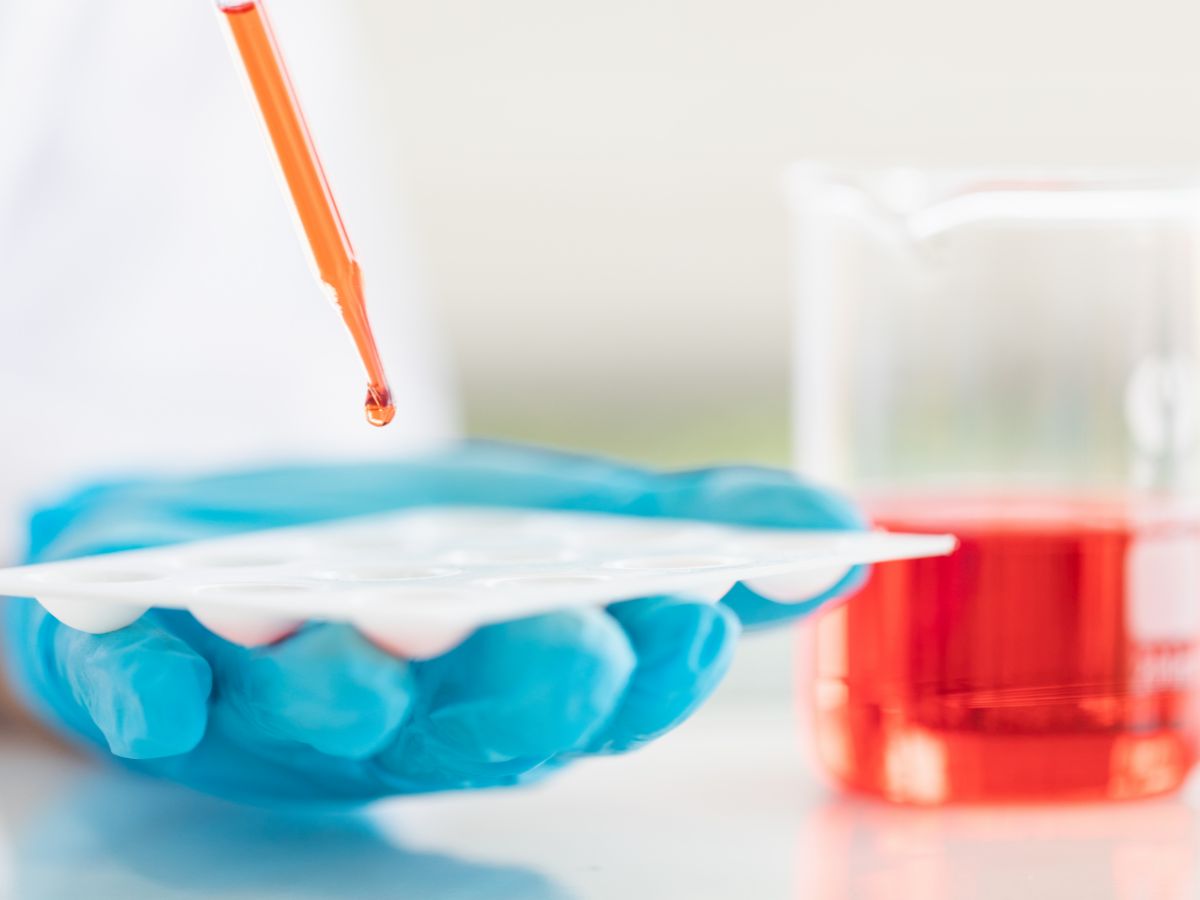UNIVERCell: Engineering Red Blood Cells for Targeted Therapy

Introduction
The UK Research and Innovation Technology Missions Fund is contributing £13.5 million for 48 engineering biology R&D projects. The purpose of financing these projects is to foster collaboration between various sectors with the hopes of generating interdisciplinary knowledge. Furthermore, it is expected that these projects will have far-reaching consequences and address important societal challenges.
Engineering Red Blood Cell Lines
One of the funded projects, UNIVERCell by Scarlet Therapeutics, aims to engineer red blood cells to unlock new treatments. Scarlet Therapeutics is a University of Bristol spin-out company that raised seed funding from Science Creates Ventures and Meltwind to build a pipeline of novel therapies to treat patients with a range of diseases.
Scarlet Therapeutics' principal focus is on targeting two rare metabolic diseases: hyperammonaemia and hyperoxaluria. Hyperammonaemia is a condition where patients cannot remove toxic ammonia from their system, leading to a range of neurological symptoms and life-threatening complications. Hyperoxaluria is a condition where excess oxalate is in the urine and is either caused by a rare inherited disorder of the liver or where too much oxalate is absorbed into the gastrointestinal tract.
However, the company hopes to extend its pipeline. The versatile nature of their technology also has the potential to treat other metabolic diseases requiring enzyme replacement therapy, as well as cancer and autoimmune diseases.
Therapeutic Red Blood Cells and Their Uses
Therapeutic red blood cells (tRBCs) share similarities with standard red blood cells (RBCs) but have additional proteins within them to provide extra therapeutic benefits. RBCs have a long life of up to 120 days and extensive reach throughout the body.
Alistair Irvine, CEO of Scarlet Therapeutics referred to shielded immunity as a crucial feature of the tRBC. He stated: "Because the proteins are hidden inside the therapeutic red blood cell, they are also shielded from the immune system. Our approach allows the cells to be maximally loaded with therapeutic proteins without damaging the properties of the cells and so should be more effective."
Related Content:
- Experience the Next Generation in Clonality
- Cell Line Development with Advanced Cell Line Engineering
- Seeding, Expanding, and Harvesting Stem Cells
Previous investigations to develop tRBCs have had limited success due to the low level of therapeutic proteins in red blood cells, which had a knock-on effect on their efficacy. Furthermore, technical constraints around manufacturing these therapies have hindered efforts to upscale cell line engineering and cell culture processes.
However, Scarlet Therapeutics offers a potential solution to these challenges. By using in-house novel genetic technologies, Scarlet Therapeutics aims to ensure a high level of therapeutic proteins inside the tRBCs. This will facilitate the development of more efficacious therapies. Additionally, growing RBCs in the lab from stem cells rather than from donated stem cells improves the manufacturing process.
Scaling this manufacturing process could enable the team to cost-effectively grow large volumes of RBCs for use in adult transfusions. Growing stem cells in the lab holds a key advantage: it addresses the shortage of donors for those with rare blood types. With further development and clinical research this Scarlet Therapeutics could provide a unique and cutting-edge platform for therapeutic delivery of treatments.
Conclusion
Overall, this case study demonstrates how Scarlet Therapeutics has refined its cell line engineering technology to produce tRBCs that hold therapeutic benefits for patients. This project addresses an important yet unmet need: patients who suffer from rare blood disorders require frequent blood transfusions.
Clinical studies are ongoing, however, it is expected that lab-cultured RBCs last longer and provide more therapeutic advantages than donor RBCs, meaning that patients can reduce the frequency of transfusions making this a more patient-centric option. Generating multiple RBC-producing cell lines that can be further manipulated to not only provide more complex treatments but are also compatible with a larger percentage of patients.






